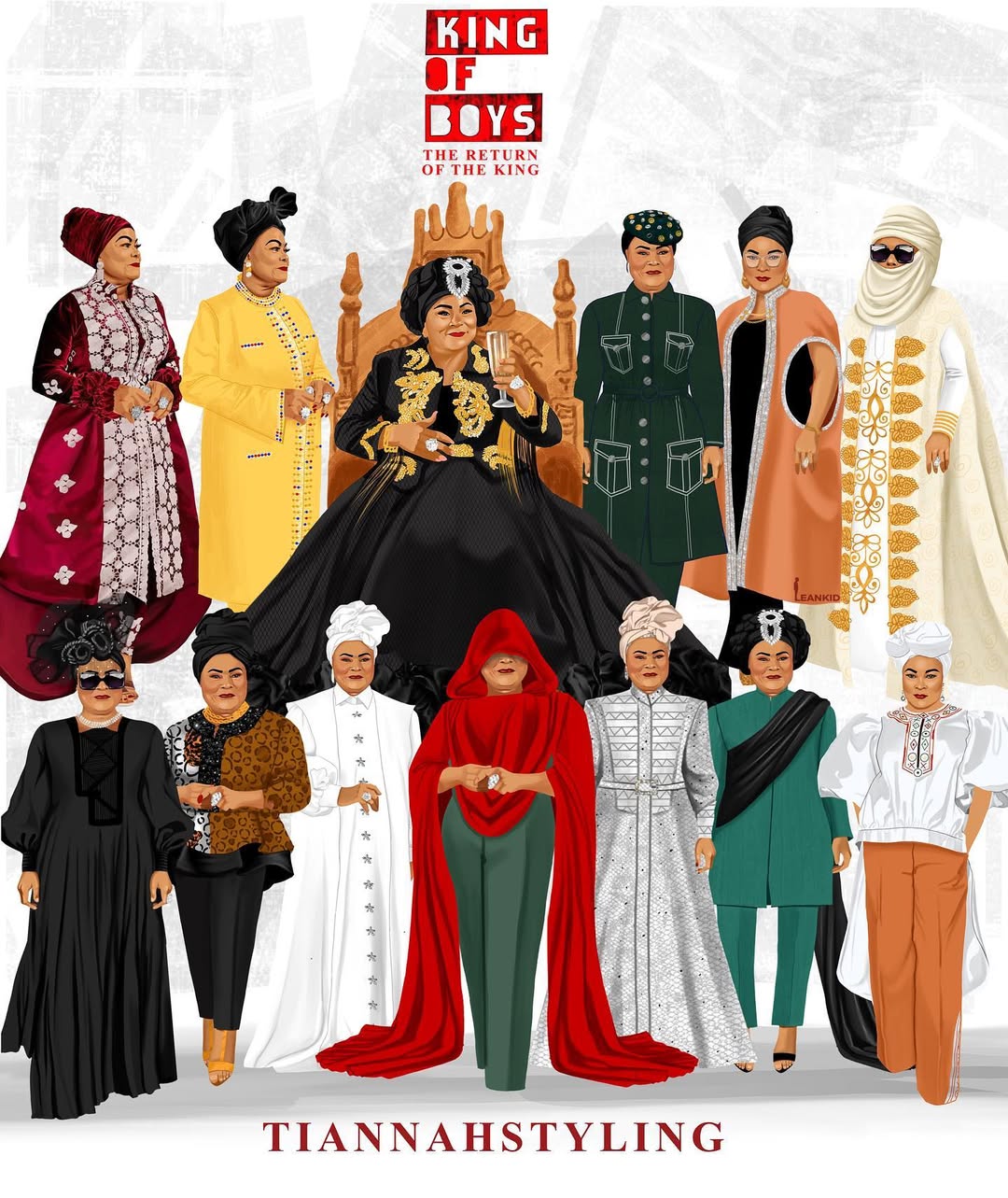Think about your favorite movie. A period drama with every corset and waistcoat feeling straight out of history, a sleek heist movie dripping in sharp suits and gorgeous accessories, or an epic fantasy with elaborate gowns and armor could be the genre. Imagine the same film now, but with dull, generic attire. The individuals are less believable, and the scene seems less real. This is where the real power of costume designer’s lies. They’re unsung heroes of film who weave tales together thread by thread, while directors and performers receive the most attention, costume designers that make the visual appeal of movie come to light are not given their much deserved accolades.
More Than Just Getting Dressed Up: How Costumes Tell a Story in Movies
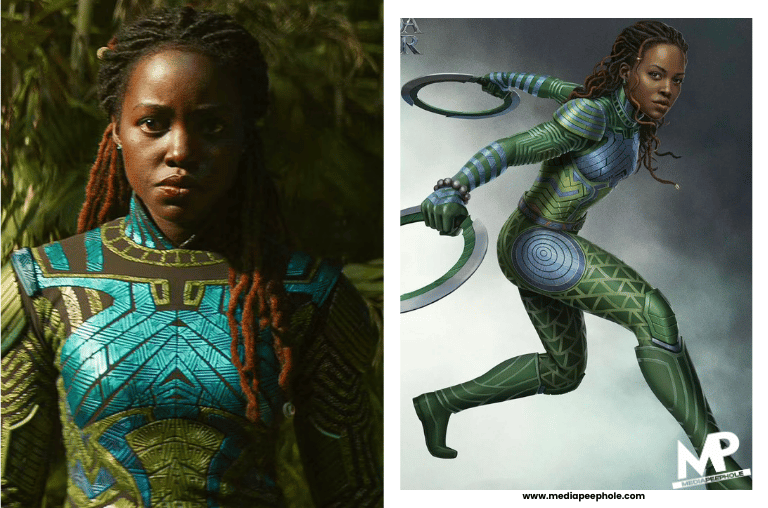
Costume design in movies is more than just making characters appear attractive; it’s about communicating a story. Every fabric, color, and form serves a purpose, reflecting characters’ personalities, status, emotions, and even unspoken conflicts. When Lupita Nyong’o’s Nakia donned deep green in Black Panther, it wasn’t just for aesthetics. It represented her Wakandan river tribe ancestry. This is a prime example of how costumes enhance movie storytelling. Similarly, in The Devil Wears Prada, Andy Sachs’ transformation from frumpy secretary to fashion icon showed her character development through her evolving wardrobe.
This artistry shines in Nollywood costume design too. When Adesua Etomi’s character in The Set Up entered a scene in structured, high-fashion clothes, you could tell she was powerful and ambitious. Her attire screamed authority. In Aníkúlápó, the traditional Yoruba attire in Nollywood films, with magnificent Aso-Oke textiles and beaded crowns, anchored the film in its historical setting, exuding royalty
Setting the Mood: The Influence of Costumes on Movie Aesthetics
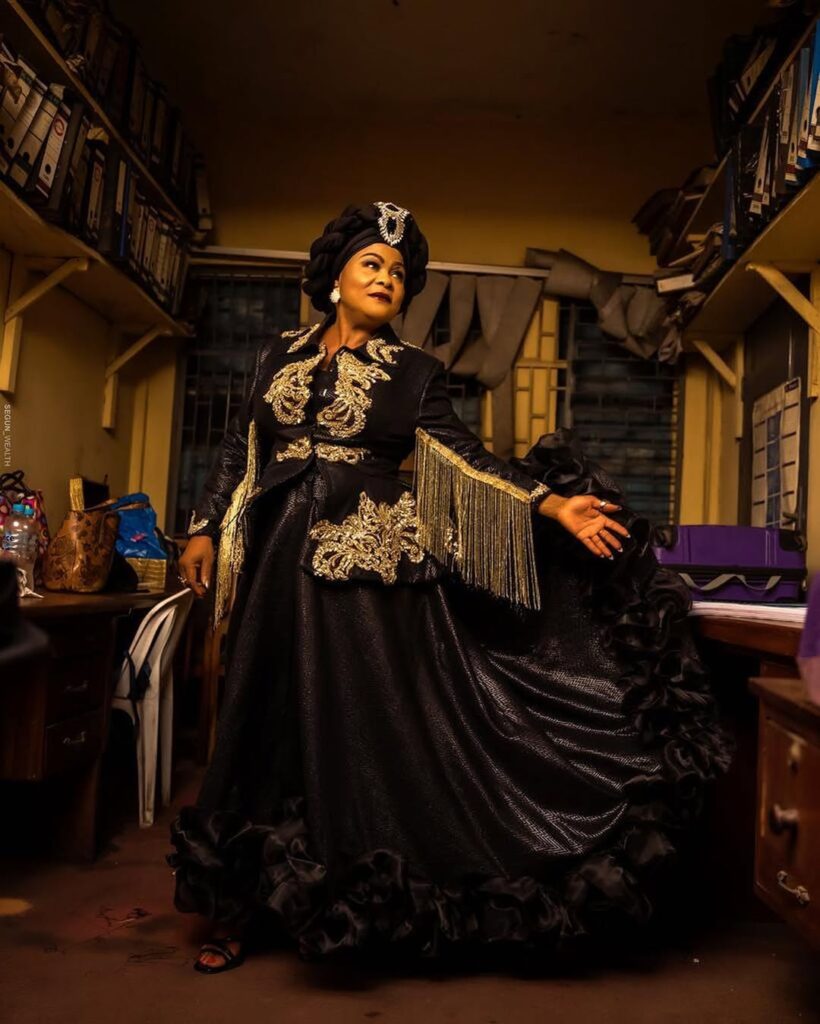
A film’s aesthetic is incomplete without the appropriate clothing that suits its tone. Costumes definitely set the mood in films, which is evident across different genres. Psychological thrillers often use muted tones and realistic textures to mirror a character’s unraveling mind, while musicals burst with vibrant colors to spark the imagination. Take Joker (2019): Arthur Fleck’s descent into madness was defined not just by his actions but by his wardrobe. Costume designer Mark Bridges deliberately aged and distressed Arthur’s early outfits, cheap polyester leggings, an acrylic sweater and a too-small hooded jacket to portray his delicate, childish state while living with his mother. His colour scheme inspired by the 1980s, included muted tones of blue, maroon, brown, mauve, and grey. Arthur’s appearance changed considerably as he became the Joker: his hair was coloured a vibrant green, and he wore a red suit with a mustard-toned waistcoat and a patterned bottle-green shirt, which set him apart from prior Joker interpretations. Bridges chose red instead of the originally scripted terracotta to increase the character’s emotional intensity. His final look, complete with antique-inspired clown makeup and exaggerated, frightening brows, graphically sealed his transformation into Gotham’s most infamous villain.
Now let’s bring it home. King of Boys would not have had the same impact if Eniola Salami (played by Sola Sobowale) did not appear to be the ultimate power figure, dressed in regal, elaborately embroidered boubous and beautiful Ankara designs. Her fur jackets, her strong gele(head-tie), the way she slung her blanket over her shoulder as if to announce, “I have arrived,” all exuded authority.
Meanwhile, in Shanty Town, the gritty streetwear, exaggerated accessories, and vibrant Lagos nightlife-inspired outfits made it clear that this was a world of crime, survival, and raw ambition. The way Chidi Mokeme’s character, Scar, wore his leather jackets and gold chains wasn’t just a fashion statement, it was an extension of his persona as a ruthless kingpin.
The Challenge of Historical Accuracy in Film Costumes
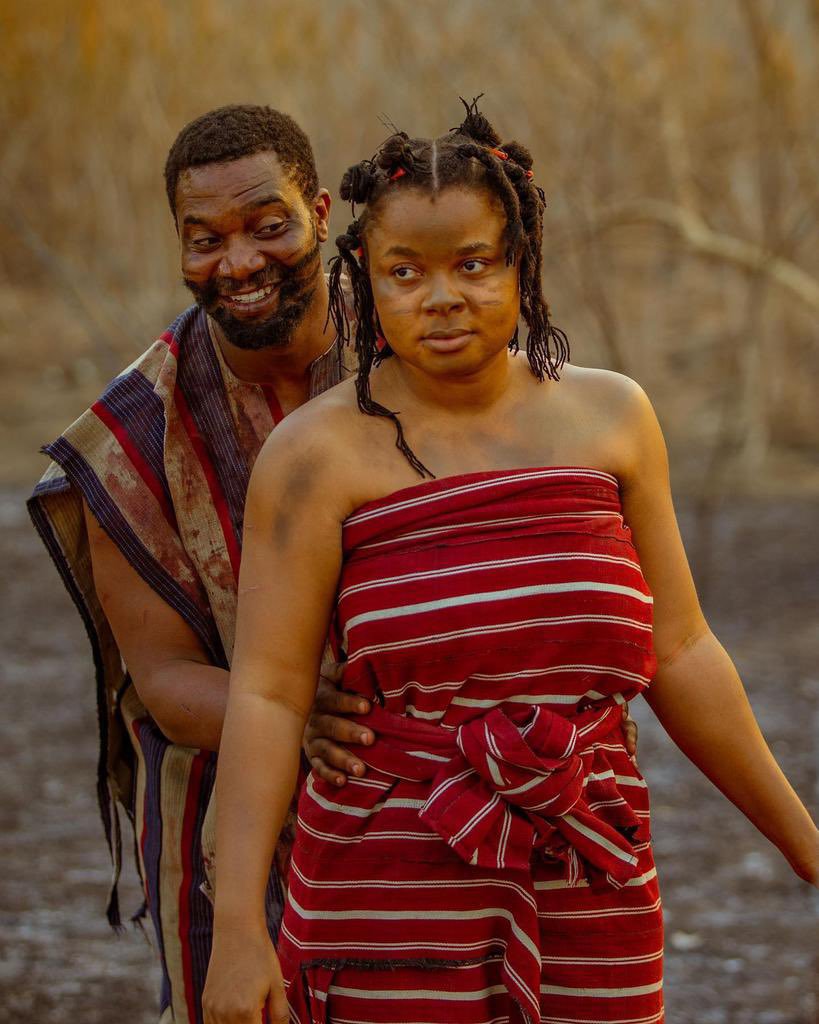
Historical accuracy in film costumes is a unique challenge, especially in period pieces. Aníkúlápó nailed this, with its attention to Yoruba traditional attire, ensuring fabrics, beads, and hairstyles reflected the pre-colonial era. Similarly, Elesin Oba: The King’s Horseman showcased regal, layered Agbadas and intricate beadwork tied to Yoruba royalty.
While not every Nollywood film gets it right, there have been many cases where filmmakers try to create a historical piece, only for audiences to drag them for including costumes that look straight out of Balogun Market instead of a pre-colonial Nigerian village. When a movie set in 1940s Lagos features makeup straight from an Instagram influencer’s page, sharp brows, highlighter, and synthetic wigs, you just know the costume designer didn’t do their homework.
When the Camera Stops Rolling: The Power of Method Dressing
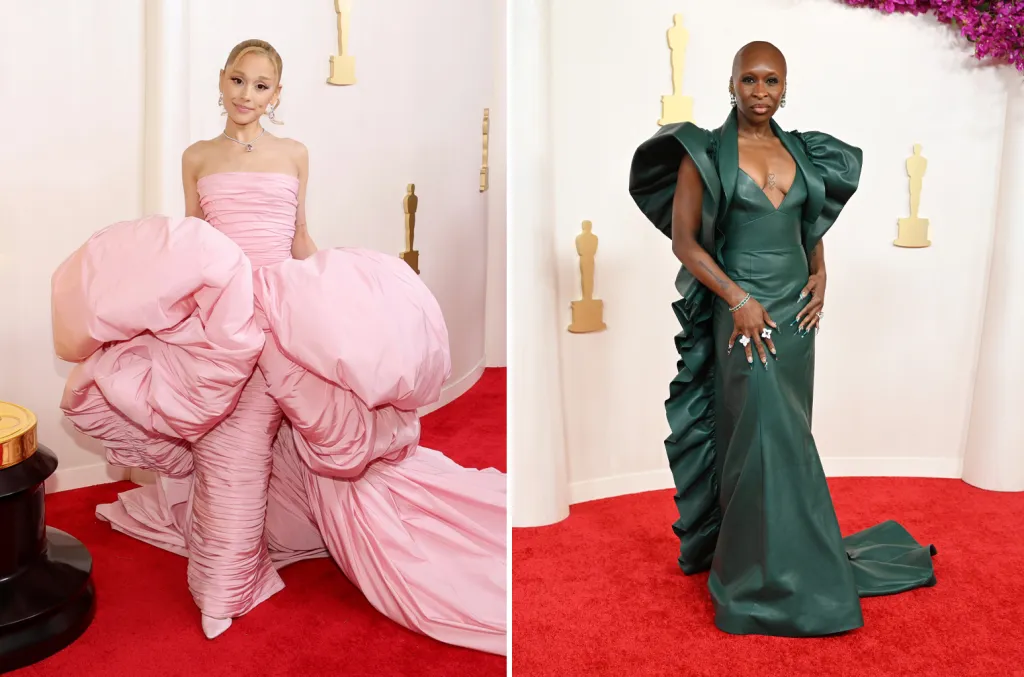
Interestingly, the magic of costume design doesn’t end when the film wraps up. In Hollywood and Nollywood alike, stars take their characters beyond the screen through method dressing, especially on red carpets. The rise of costume-coded fashion has seen actors showing up to movie premieres looking like they just stepped out of their films, blurring the line between character and reality.
Ariana Grande, known for her ethereal style, leaned into the fairytale aura of her Wicked character, Glinda at the 2025 Vanity Fair Awards (Oscars). Her Schiaparelli gown, dripping in over 190,000 crystals, was the embodiment of whimsical elegance. The blush-toned dress wasn’t just a nod to Glinda’s signature pink but also a piece of haute couture inspired by an archival Alberto Giacometti lamp. It was the latest in a string of method dressing choices for Grande, who had previously embraced vintage silhouettes and dreamy pastel tones throughout the Wicked press tour.
On the other side of Wicked’s magical spectrum, Cynthia Erivo took method dressing to its gothic extreme, arriving in a dark green gown that screamed Elphaba also at the Vanity Fair Awards. The silhouette was witchy yet regal, shimmering under the lights like the enchanted essence of Oz itself. Every detail, from the deep hues to the dramatic structure, was a commitment to the character she embodied.
Demi Moore followed suit with a silver, sequined ensemble that was more than just a nod to Old Hollywood glamour. The metallic sheen of her gown reflected her character in The Substance, where she plays Elisabeth Sparkle, a woman undergoing a transformation that is both mesmerizing and unsettling. The dress felt like an extension of the film’s eerie aesthetic, its glistening fabric catching the light in a way that blurred the line between beauty and something more haunting.
This isn’t just for aesthetics, it’s marketing, branding, and a psychological trick that keeps audiences invested. When a lead actor continues to wear the story outside the set, it strengthens the film’s presence in pop culture. Fans feel like the movie isn’t just a two-hour experience but an ongoing phenomenon.
Why Costume Designers Deserve More Credit
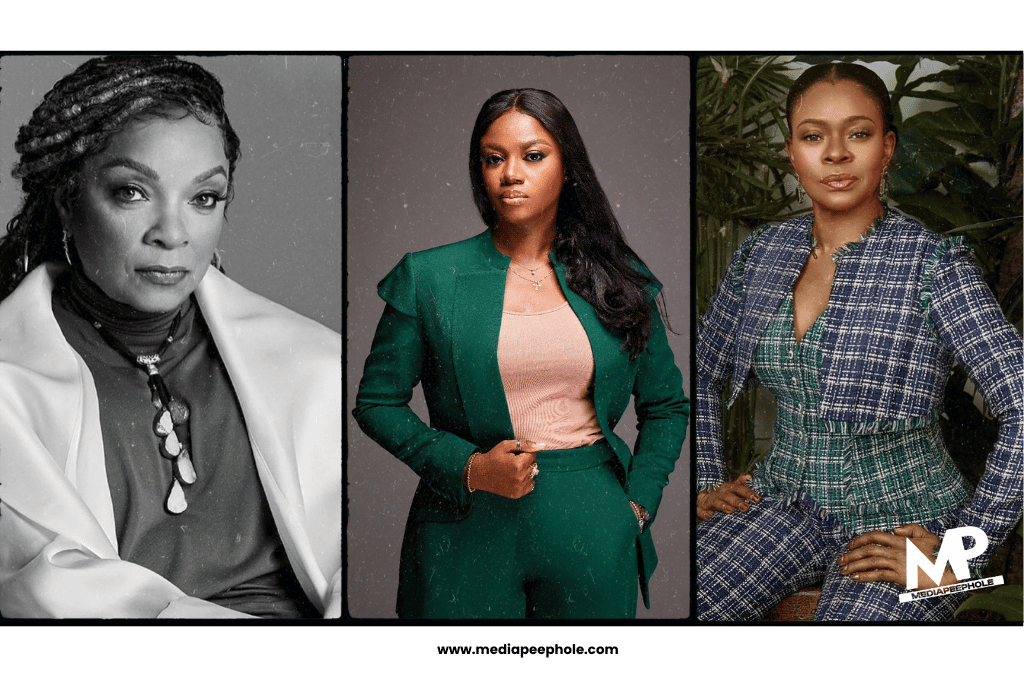
Despite their pivotal role, costume designers are the unsung heroes of cinema. While the Academy Awards has a category for Best Costume Design, it rarely gets as much attention as Best Director or Best Actor. In Nollywood, awards like the AMVCAs recognize costume design, but the conversation rarely extends beyond that night. Yet, without designers like Ruth E. Carter (Black Panther) or Yolanda Okereke (The Wedding Party), many of cinema’s most visually stunning moments wouldn’t exist.
Costume designers are the unseen storytellers, the dream-weavers who turn scripts into living, breathing worlds. Their work goes beyond fashion, it’s about identity, emotion, and atmosphere. So next time you watch a Nollywood movie, take a moment to appreciate the details: the subtle embroidery on a royal robe, the perfectly tailored suit that screams wealth, the worn-out slippers that tell you a character has struggled. Because behind every unforgettable film, there’s a costume designer making magic happen, one stitch at a time.

